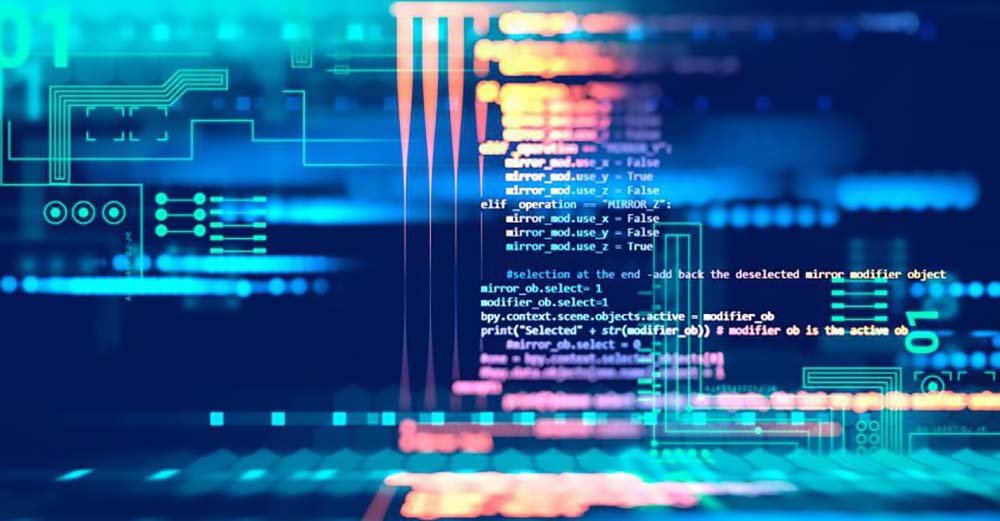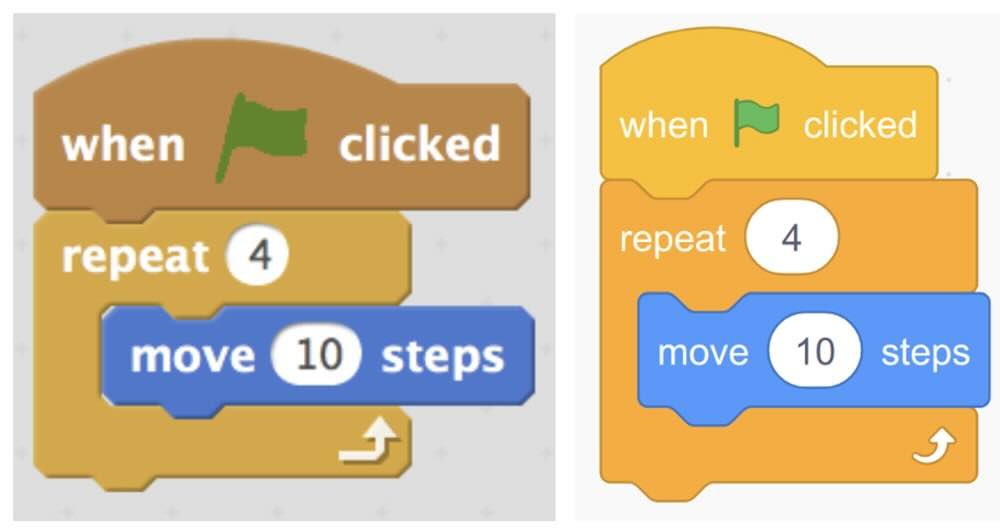Welcome to the World of Coding!
What is coding?
Why is coding important in today’s world?
What is block coding?
Is block coding real coding?
What are some things you can build or control with code?
Why is learning to code useful even if AI can do it too?
What will your class be using to practice coding this year?
What will you learn besides just coding?
What should you do if your code doesn’t work?
What kind of attitude do you need to be a good coder?
The adventure begins!
Have you ever wondered how video games work? Or how robots move, websites load, or even how a smart speaker answers your questions?
Behind all these things is something called coding.
This year, you will begin an exciting adventure—learning how to code!
Coding
So, what exactly is coding?
Coding is a way to give instructions to a computer. Just like you follow steps to make a peanut butter sandwich—get the bread, spread the peanut butter, add the jelly, put the bread together—computers also need steps to follow.
But instead of peanut butter and jelly, computers need very clear instructions written in a special language. That language is code.
Coding is all around you—right now
You might not realize it, but coding is all around you.
It helps run video games, phones, apps, smart watches, traffic lights, airplanes, and even space rockets. In fact, many things we use every day would not work without it. Coding helps doctors run machines that keep people alive. It helps farmers grow food. It helps scientists understand the weather and protect animals and oceans.
Our modern world depends on coding!
Block coding
But don’t worry—nobody expects you to write super-complicated code on your first day. That’s where block coding comes in.
Block coding is a way to learn coding using colorful puzzle pieces that you snap together on a screen. Each block tells the computer to do something, like “move forward,” “turn left,” or “say hello.”
Instead of typing every word and symbol, you can drag and drop blocks that fit together. It’s fun, and you don’t have to worry about spelling or punctuation mistakes!
Yes, block coding is real coding!
And here’s something really important to remember: block coding is real coding.
You’re not just playing around. You are giving a computer real instructions, and those instructions make things happen. Some professional computer scientists even use block coding to design games or test ideas. It’s like learning how to ride a bike with training wheels—it still counts, and it helps you become a strong, smart coder.
You will learn a lot!
When you learn to code, you’re also learning a lot of other amazing things.
You’re learning how to solve problems.
You’re learning how to be creative and build new things. You’re learning how to plan, test ideas, and fix mistakes.
And guess what? These skills aren’t just for computers. They’re life skills that can help you in school, sports, art, and even your future job.
Artificial intelligence (AI)
You might be wondering, “If AI can write code, do I still need to learn how to do it?” That’s a great question!
It’s true that artificial intelligence (or AI) can help people write code now. But just like a calculator can help you do math, you still need to understand how math works. If you don’t, you won’t know if the answer is right or wrong.
AI can be helpful, but it doesn’t think exactly like a human. You need to understand the basics of coding so you can tell if something is working or broken. Learning to code also helps you learn how computers “think,” which makes you a better problem-solver.
LEGO robotics: Fun & challenging
Here’s the best part of your coding journey: you’re going to program LEGO robots!
Imagine building a robot car or creature and then writing code that tells it to move, turn, dance, or follow a path. You will be using what you learn in block coding to bring your robots to life.
This isn’t just fun—it’s exciting and challenging! You’ll get to test your ideas, improve them, and watch your robots respond to your commands. It’s like being both an engineer and a magician at the same time.
Coding is about you too
As you learn more, you’ll discover that coding is not just about computers—it’s about YOU.
It’s about your ideas, your creativity, and your ability to think in new ways. Some of you might become game designers, scientists, inventors, or maybe even robot builders one day. But even if you don’t, the skills you learn through coding will help you do anything you choose in life.
You don’t have to be a math genius or a computer expert to begin. You just need curiosity, effort, and a willingness to try. Sometimes your code won’t work the first time—and that’s okay! Every mistake is a chance to learn something new. Even professional coders make mistakes all the time. What matters is that you keep trying.
Learning a new language
This year, you’ll go from being a beginner to someone who can speak a new kind of language—a language that computers understand. You’ll learn how to build things that move, make sounds, light up, or solve problems. You’ll work on fun challenges, explore new tools, and think like a computer scientist.
So get ready. You’re not just learning to code. You’re learning to create, explore, and shape the future.
Welcome to the world of coding. The adventure begins now.
► COMPREHENSION QUESTIONS
— please answer with complete sentences
What is coding?
Why is coding important in today’s world?
What is block coding?
Is block coding real coding?
What are some things you can build or control with code?
Why is learning to code useful even if AI can do it too?
What will your class be using to practice coding this year?
What will you learn besides just coding?
What should you do if your code doesn’t work?
What kind of attitude do you need to be a good coder?
► From EITHER/OR ► BOTH/AND
► FROM Right/Wrong ► Creative Combination
THESIS — Argue the case that a person who, say, wants to be an artist or a professional surfer does not need to learn coding.
ANT-THESIS — Argue the case that it’s super important everyone learns how to code.
SYN-THESIS — Be creative and put these two perspectives together. (How might someone who has no interest in a technology job benefit from knowing the basics of coding?)
Code – A set of instructions that tells a computer what to do.
Block coding – A way to write code using drag-and-drop blocks instead of typing.
Instructions – Steps you give to a computer or robot to follow.
Robot – A machine that can move or do tasks, often by following code.
Programming – The process of writing code.
AI (Artificial Intelligence) – Technology that allows computers to “think” and make decisions.
Computer – An electronic machine that follows code to complete tasks.
Bug – A mistake in code that stops it from working correctly.
Fix – To correct a problem in your code.
Creative – Using imagination to make or build something new.
Engineer – A person who designs and builds things.
Commands – Actions that tell the computer or robot what to do.
Language – A system of words or symbols used to communicate—code is a language for computers.
Test – To try your code and see if it works.
Instructions – A list of steps to follow in order.
Challenge – Something that is hard but fun to try and complete.
Technology – Tools or machines created using science.
Logical – Clear, step-by-step thinking that makes sense.
Platform – A tool or place where you do coding (like Scratch or LEGO software).
Project – A coding task you work on, like making a game or controlling a robot.
















